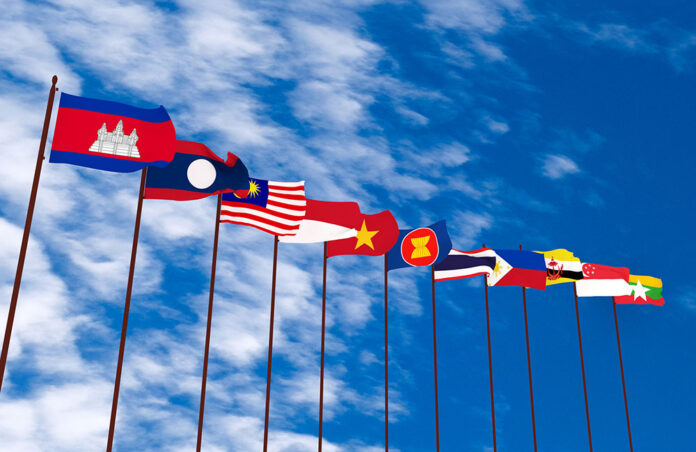Introduction
The world is changing and developing these days at a rapid rate and failing to keep up with this development causes catastrophic harm. Analyzing the advances which can aid in our economic progress is one approach to joining this development. Knowing which developing nations have outperformed others in the early phases of development can be more helpful in this regard than the development experience of industrialized nations.
Southeast Asia has received a lot of attention recently. This region has had rapid economic growth in recent years and has grown remarkably in significance in international relations. The relevance of understanding this region for Iran is increased by the inclusion of Muslim-majority nations like Malaysia and Indonesia among the ASEAN members. These nations have a history of positive economic and political relations with Iran.
One area that has received little attention in the literature on Iran’s foreign policy is the connections between Iran and Southeast Asian nations. In the previous few decades the nations of this region have had considerable relations with Iran in the areas of diplomacy, commerce, economics, and technology, both individually and through the regional Organization, ASEAN.
Iran’s relations with Southeast Asian nations have grown and then shrunk, not because they are economically necessary but rather because of the nature of Iran’s interactions with the super powers. In actuality, depending on the state of Iran’s ties to China, Western, and regional powers, its relations with Southeast Asian nations have taken on a variety of forms. As a result, the development of Iran’s connections with the West, on the one hand, and the nature of its contacts with China and some Middle Eastern states on the other, define the nature of Iran’s relations with Southeast Asian nations.
Along with the conflict between China and the United States (US) and their allies in Southeast Asia in recent years, the region has also seen an increasing number of Middle Eastern nations turning eastwards and signing delicate economic and political agreements, like the RCEP, QUAD, and AUKUS . This region, therefore, occupies a unique position in international relations. In light of this potential, it is now more crucial than ever to research how Asian nations interact with one another as well as to understand Southeast’s role and status in the globe going forward (Vaezi 2007).
Due to the significance of Southeast Asian nations’ positions concerning the new international context, where Iran attempts to bring about some sort of Islamic world unification in the face of pressure from the West, the question that concerns us here is how Iran’s foreign policy is influenced by the position of the ASEAN nations. How do relations between Iran and Southeast Asian nations fit into these factors?
This chapter examines the viability of improving the connections between Iran and the region’s nations along with the opportunities, difficulties, challenges, and potential areas of collaboration in Iran’s foreign policy.


